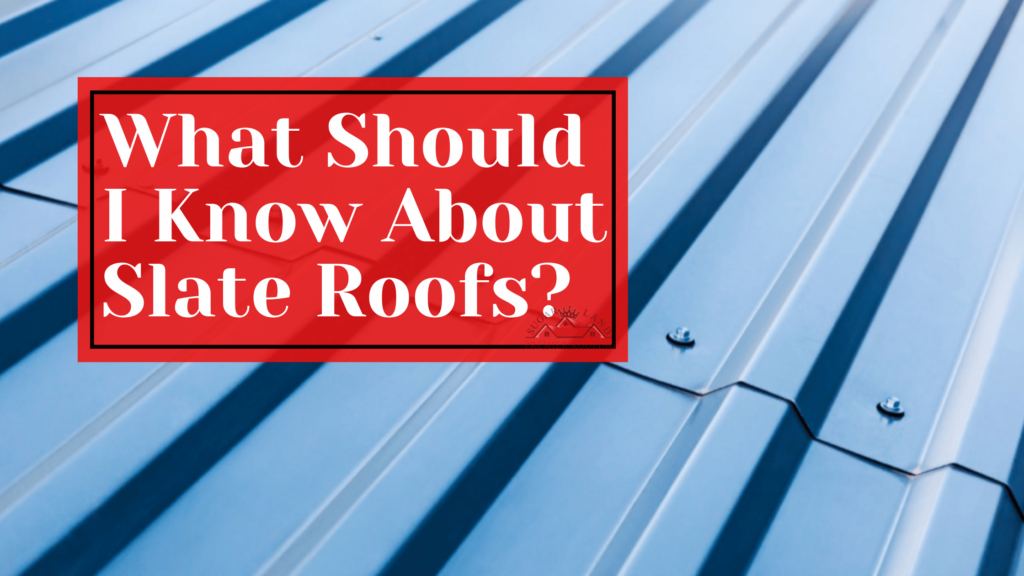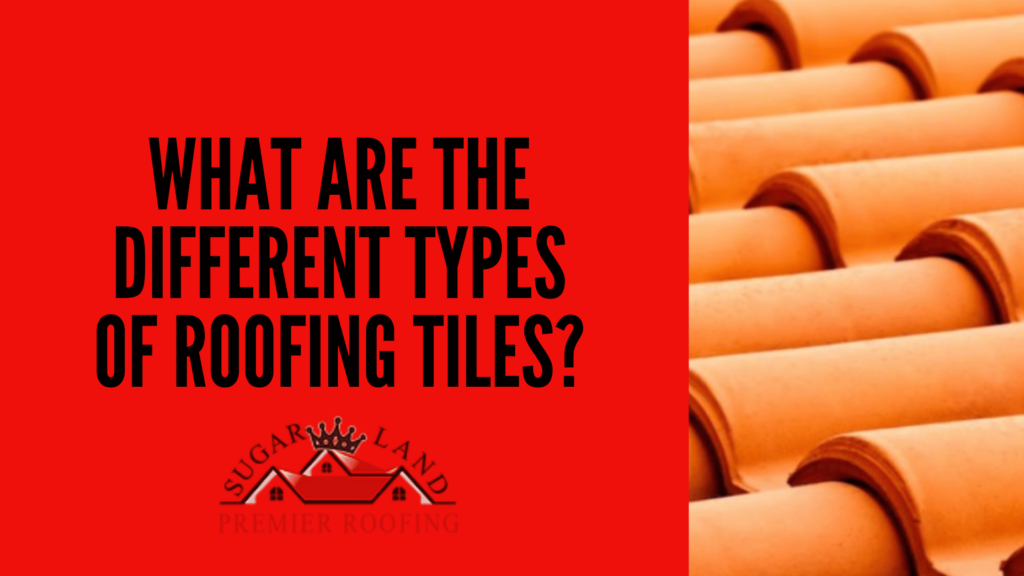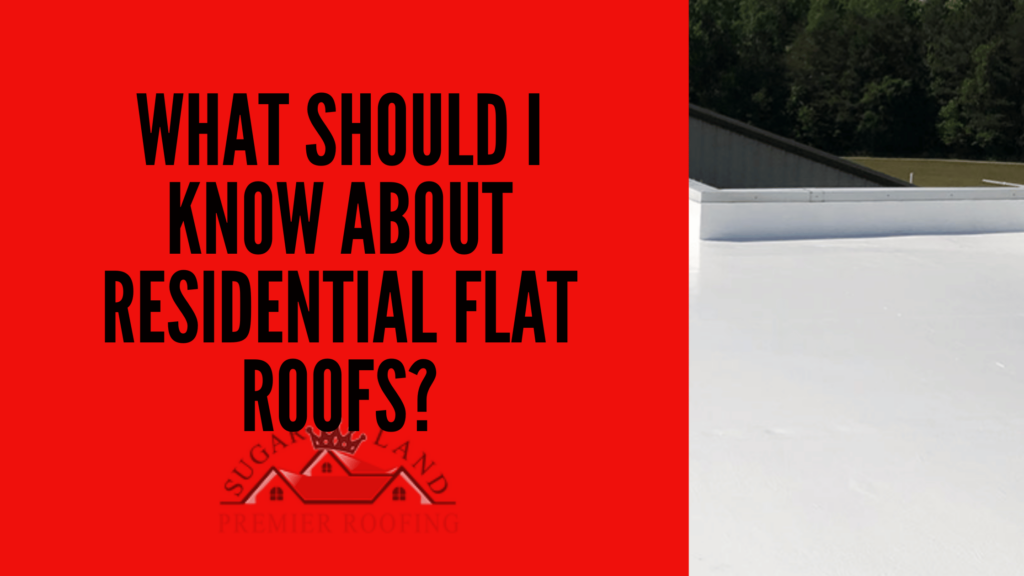Are you asking yourself what should I know about slate roofs? Sugar Land Premier Roofing can fill you in. Choosing a new roof is a critical choice. Your roof is your home’s major defense against the sun, wind, precipitation, and other weather concerns. So, you need reliable protection. You want something durable and low maintenance.

In this sense, slate roofs are attractive and one of the longest-lasting roofing materials. People have used them for ages in houses, castles, and cathedrals. Many consider slate the best roofing material.
What Is Slate?
Slate is a fine-grained, foliated, metamorphic rock with chlorite, plagioclase, muscovite, and quartz. Through the metamorphism process, heat and pressure compress shale buried deep in the earth’s crust, transforming shale into slate.
Usually, people think of slate as grayish-blue, although it can have a wider spectrum of hues based on its mineral makeup and particle size.
Slate is a solid substance with a low water absorption index. This material is waterproof and simple to thin out.
When coupled and positioned appropriately, thin slate plates can provide adequate roofing protection.
The Benefits of Using Slate
How well does the slate roof work? Why should you consider slate roofing?
Slate’s advantages include:
Insulant properties
Slate is a naturally insulating roofing material. Slate’s hardness and density make it harder for warm and cool air to pass through. This feature makes your house more comfortable in all seasons. Slate conducts heat and cold like other stones. When combined with the right underlayment and insulation, a slate roof may increase your home’s energy efficiency, reducing heating and cooling costs.
Safety/performance
In our geology lecture, we learned that slate is waterproof. If the roofer correctly lays slate, moisture cannot permeate it. Slate’s density and weight make it more wind-resistant than other roofing materials. Besides, slate is inflammable and non-conductive, protecting against fire and lightning.
Lifespan
Slate roofs are durable and long-lasting. Because slate is a natural stone, production faults are unlikely. If the slate is correctly installed and your roof doesn’t sustain any damage, it should last a long time.
Slate roofs are normally assured for 75-100 years, although several have lasted centuries. To equal the lifespan of one slate roof, you’d need to replace numerous asphalt shingles.
Visual appeal
Many homeowners are drawn to slate’s natural beauty. Natural slate adds charm and elegance to your house with its distinct style, texture, and color.
Natural Slate’s Downsides
Here are some slate roof disadvantages:
Resistance
Slate is weatherproof, pest-proof, and fireproof. But direct impacts can damage it, fracturing, breaking, or splintering slate tiles. A slate roofer can replace individual tiles rather than the entire roof.
Roof Weight
Slate is durable yet heavy. If you have a solid, reinforced roof structure, slate shouldn’t be an issue. Yet, some roofs can’t withstand the added weight. Consult with a specialist to see if slate is a realistic option for your roof’s infrastructure.
Material costs
Slate is one of the priciest roofing materials available. No concerns if money is not a problem! But, if you want a budget-friendly roof, skip slate. Also, consider the cost’s worth over time. While slate has a high initial cost, its longevity can help you save money in the long term by preventing you from having to repair your roof many times.
Requires expert installation
Slate is tough to deal with since it’s heavy. Slate roofs aren’t DIY projects, and few roofing companies are experienced with them. You can still use slate if you find a roofer with the right tools and skills. Sugar Land Premier Roofing is a reliable slate roofer in TX.
Natural Slate Alternatives? Try Synthetics Like DaVinci!
Looking for a lightweight, cheap roofing material that mimics natural slate? If so, consider DaVinci Slate. Davinci Slate is a synthetic roofing material created from virgin polymer resins and UV stabilizers.
You can’t tell the difference between a synthetic and a genuine slate roof.
DaVinci Slate’s additional benefits include its ability to replicate genuine slate. UV stabilizers make DaVinci’s colors fade resistant. It’s as durable as real slate but requires less upkeep. Likewise, DaVinci tiles are resistant to Category 5 hurricane winds, fire, and impact hazards. The DaVinci Slate is now available in ENERGY STAR-certified Cool Roof choices.
Looking for a TX slate roofer? Sugar Land Premier Roofing is It!
Natural or synthetic slate is a lifelong roofing material. Sugar Land Premier Roofing installs both, fortunately. We work with Owens Corning shingles, bespoke metal roofing, tile, wood shakes, and more. We can also custom-make and install gutters on-site.
For more information, contact Sugar Land Premier Roofing at 832-621-4770. We service areas in Sugar Land, Katy, and Houston, TX.



